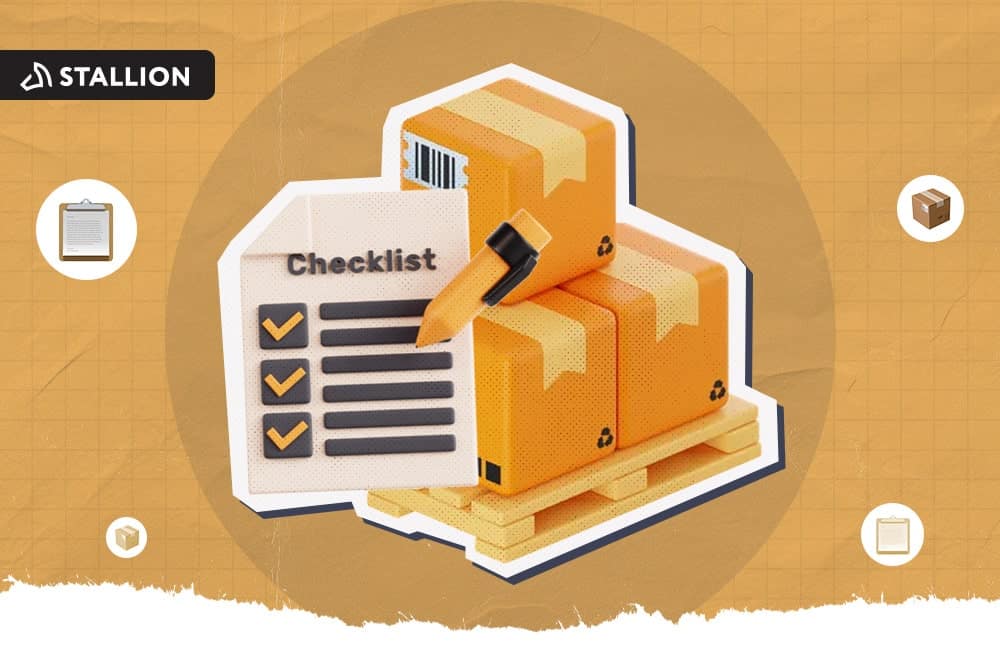
Running an online business is more than just managing sales; it's about building a strong foundation. You also need to handle your stock efficiently. Finished goods inventory plays a significant role in ensuring you meet customer expectations while keeping costs under control.
This guide will walk you through the essentials of finished goods inventory, its challenges, and how to manage it effectively.
Finished goods inventory refers to products that are entirely manufactured or assembled and are ready for sale to customers. In other words, this means that the items are already packaged, labelled, and stored, waiting for order fulfillment. Unlike raw materials or work-in-progress inventory (WIP inventory), finished goods are immediately market-ready.
In inventory management, you usually deal with three categories: (1) raw materials, (2) work-in-progress, and (3) finished goods. As mentioned, unlike raw materials inventory, finished goods are fully prepared for sale and ready to reach customers.
Now, you may have heard of the term FG. It's just short for finished goods. This term is commonly used in warehouse systems, accounting software, and reports. Understanding this is crucial since it appears in every inventory account, such as:
For eCommerce sellers like you, recognizing this abbreviation helps you stay aligned with logistics teams, accountants and suppliers.
FG inventory can vary depending on your business model. Here are the three main types and examples of finished goods for every kind that all online sellers should understand:
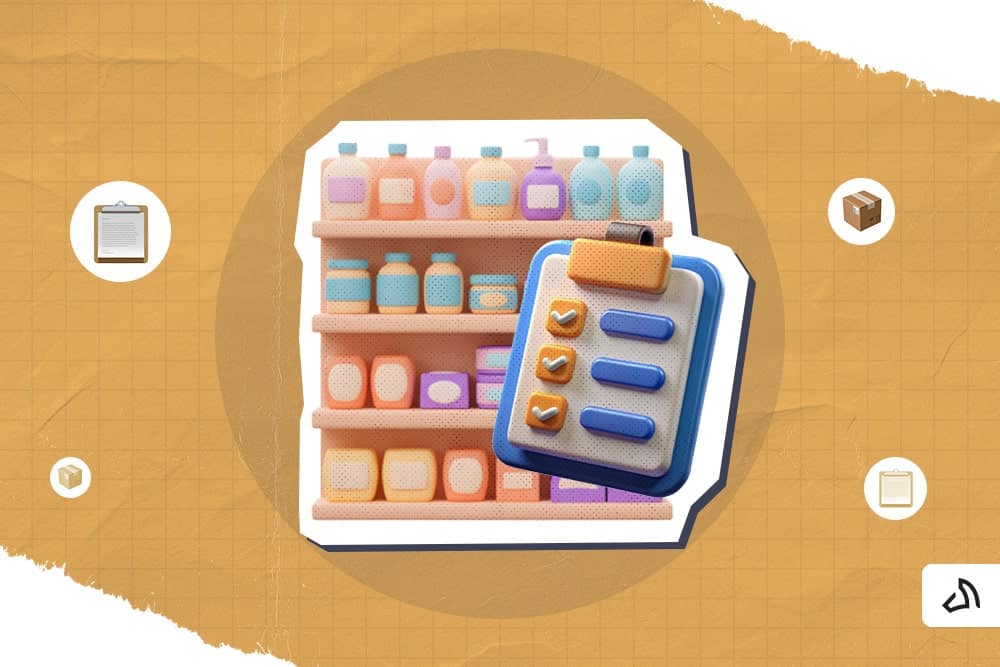
Retail Finished Goods are finished products that go directly to customers through online stores. It may include clothing, gadgets, or home essentials, among others, stocked in a fulfillment centre.
Example:
A Toronto-based Shopify seller stocks eco-friendly water bottles in a warehouse. Each time a customer orders online, the shipping company ships the bottle directly to their doorstep.
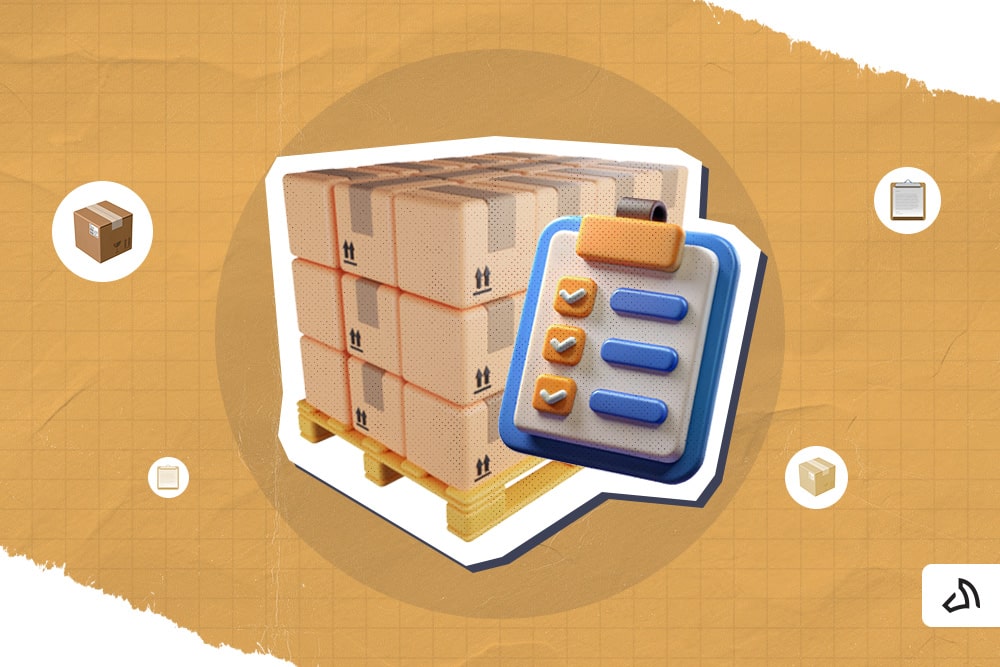
Wholesale Finished Goods are products that retailers or distributors buy in bulk. If you sell large quantities to other stores, your stock counts as final products.
Example:
A cosmetics brand supplies boxes of skincare products to nationwide retailers like Shoppers Drug Mart. However, they don't ship to customers individually. Instead, they move pallets of finished goods to distribution centres. Then, the distribution centres will ship the items to the retailers or customers.
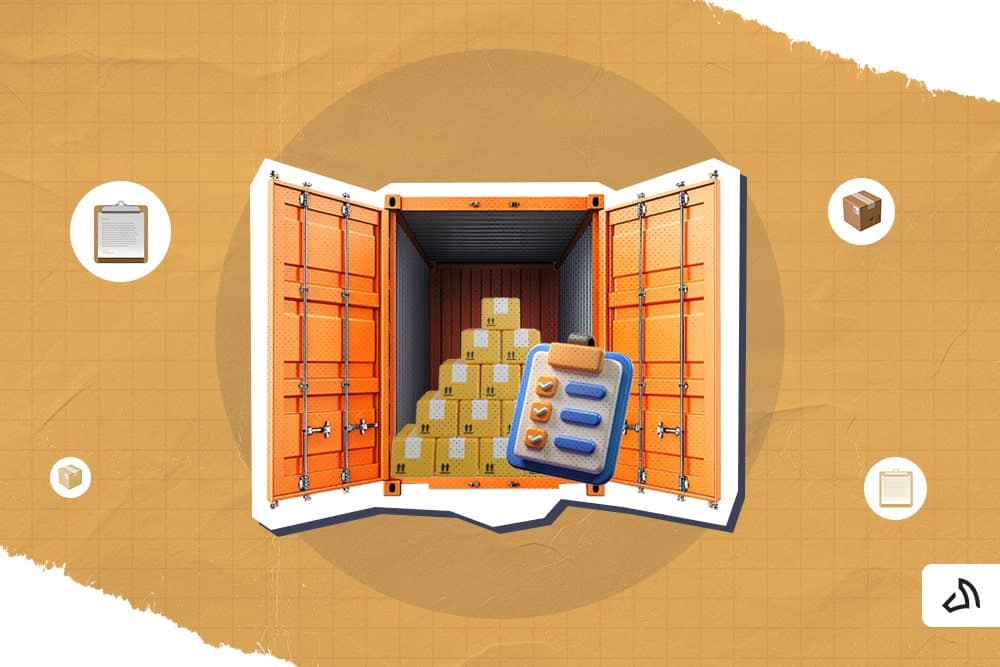
These products come from your own production or assembly. Think of it this way: if you run a brand that makes handmade furniture, your inventory counts as manufactured goods.
Example:
A small woodworking shop in Vancouver produces custom wooden chairs. It goes through the usual manufacturing process. Once completed, the shop stores them as finished goods until an order comes in from their online store or a bulk buyer.
You need accurate numbers to manage inventory effectively. Calculate your finished goods inventory using this formula:
Finished Goods Inventory = Beginning Inventory + Cost of Goods Manufactured – Cost of Goods Sold
This finished goods formula gives you a snapshot of available stock at the end of an accounting period. When you calculate this regularly, you prevent overstocking and fulfill orders on time.
Example:
Let's say you run an online apparel store in Canada. At the start of the month, you have 500 jackets in stock (Beginning Inventory or Beginning Finished Goods Inventory). During the month, you manufacture or purchase another 300 jackets (Cost of Goods Manufactured). You then sell 600 jackets (Cost of Goods Sold).
Finished Goods Inventory = 500 + 300 – 600 = 200 jackets remaining
By calculating the finished goods inventory value, you can precisely determine how many jackets remain to fulfill future orders and when to restock.
Managing finished goods and inventory levels comes with hurdles. Here are the key challenges that can affect profitability and efficiency:
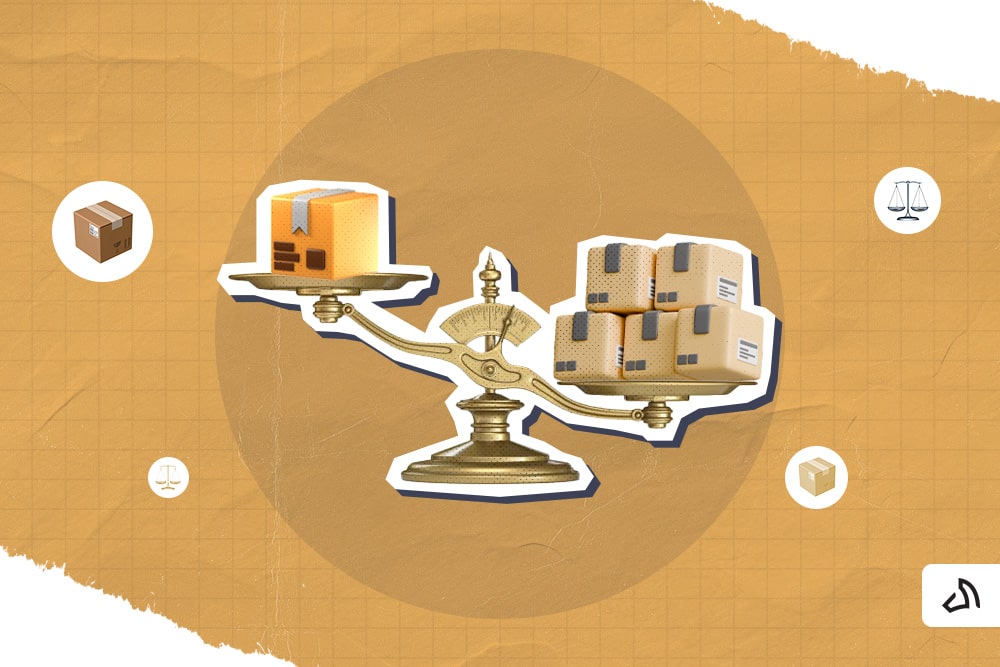
Overstocking and understocking are among the most common challenges in inventory management. If you stock too many inventory items, you pay higher storage costs. If you stock too few, you lose sales. Without proper forecasting, finding the balance becomes difficult.
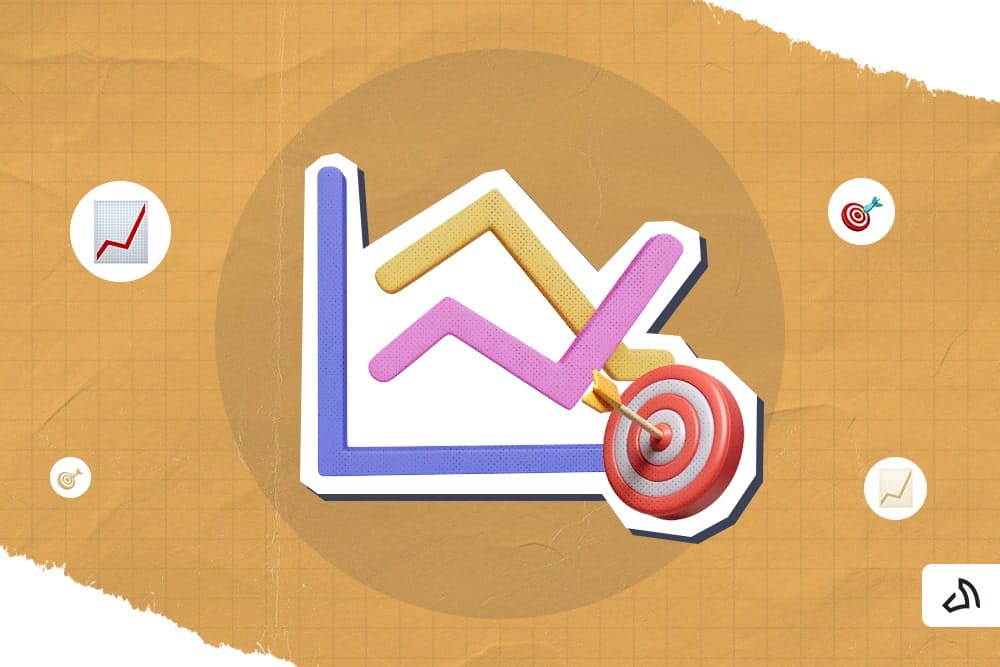
Demand miscalculations can happen, and it's understandable. However, this does not exempt you from its consequences. When this happens, you either end up with excess stock or miss opportunities to sell.
Without real-time data, it becomes harder to determine your finished goods inventory and keep numbers accurate. Poor forecasting and data inaccuracy pose one of the most significant risks businesses face in managing inventory.
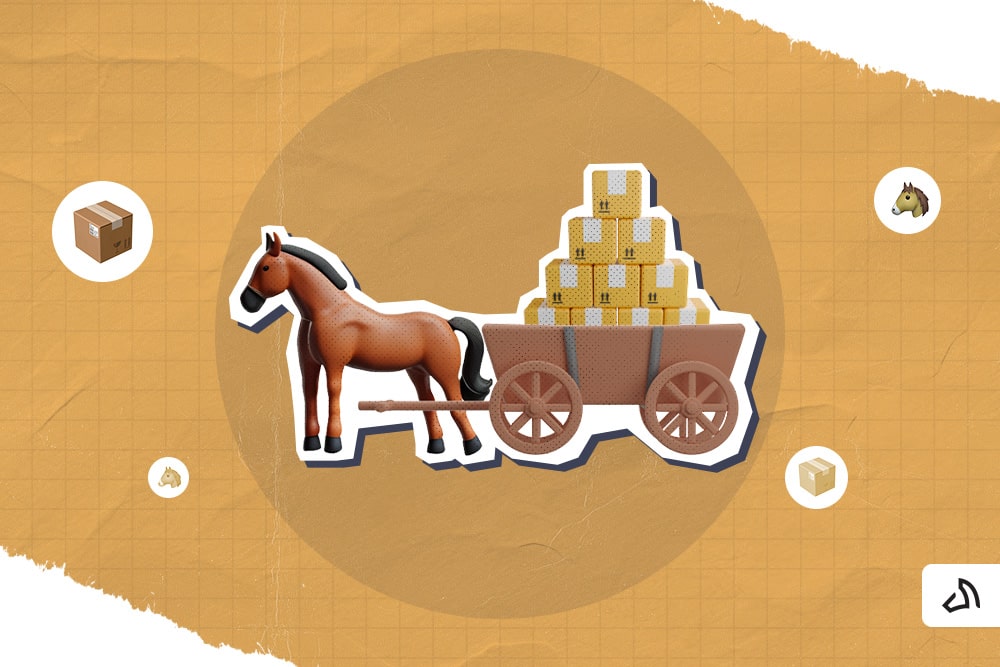
When you rely on outdated tools or manual spreadsheets instead of modern inventory management systems, operations slow down. Poor warehouse organization and weak tracking systems further increase costs and errors.
You can streamline finished goods inventory with the right strategies. Here are the ways you can optimize FG inventory:
Adopt Enterprise Resource Planning (ERP) systems. It's a software that connects and streamlines different business processes, such as accounting, purchasing, and inventory. You can also use eCommerce integrations to track inventory levels and reduce errors.
Run frequent audits to confirm your records match actual stock. By catching discrepancies early, you keep reports accurate and ensure healthy inventory turnover.
Use past sales and seasonal trends to predict future demand. Accurate forecasting helps you avoid overstocking or stockouts.
Sync your inventory to ensure alignment with promotions, product launches, and seasonal campaigns.
For example:
Preparing stock ahead of holiday sales or back-to-school season helps you improve fulfillment speed and boost customer satisfaction.
Canadian online sellers need strong finished goods inventory management to stay competitive. You keep the supply chain running smoothly while maintaining fulfillment efficiency and costs under control when you:
In the bigger picture, effective finished goods management reduces delays and improves customer satisfaction. It also ensures every part of the supply chain works in sync for sustainable growth.
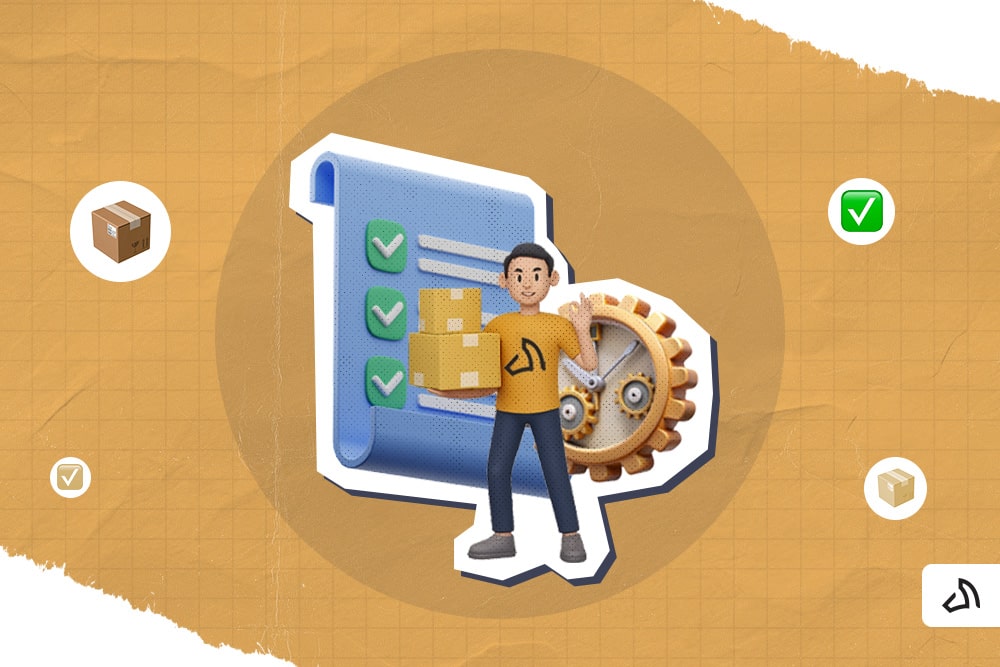
At Stallion, we go beyond shipping. Our 3PL team helps Canadian eCommerce businesses manage what finished goods inventory would typically demand:
With that, you can cut costs, save time, and focus on growing your brand.
Ready to simplify your inventory and fulfillment? Partner with Stallion today and ship smarter with a trusted 3PL by your side.

Jose is Stallion's Senior Business Analyst. He helps improve the company’s shipping processes, works closely with delivery partners, and looks at shipping data to find the best prices for our customers. Outside of work, Jose has a passion for running, regularly completing 5k and 10k runs, with the goal of running a full marathon in the near future.
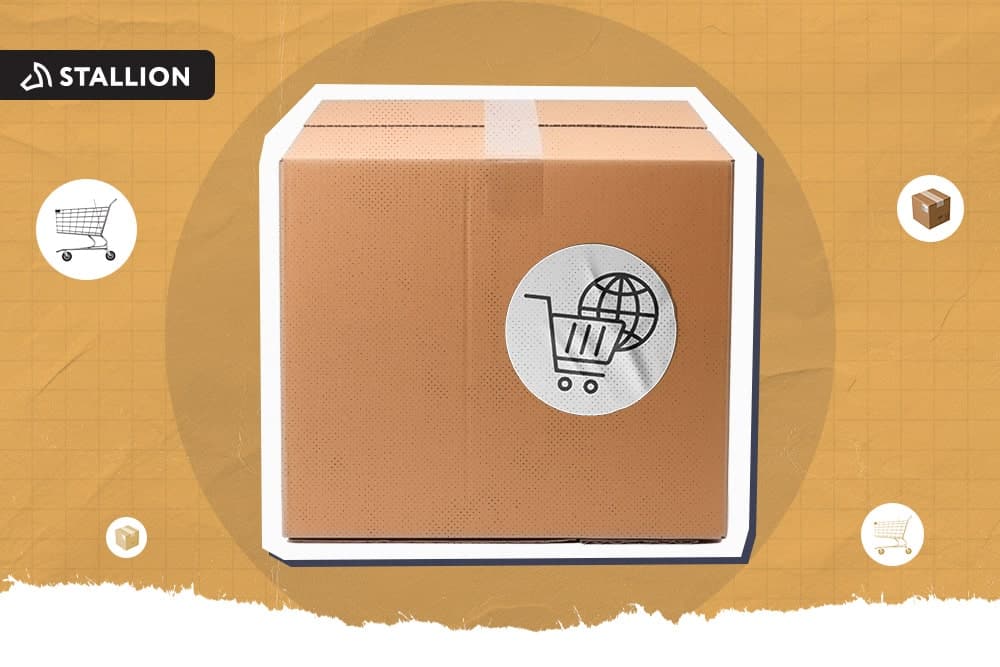
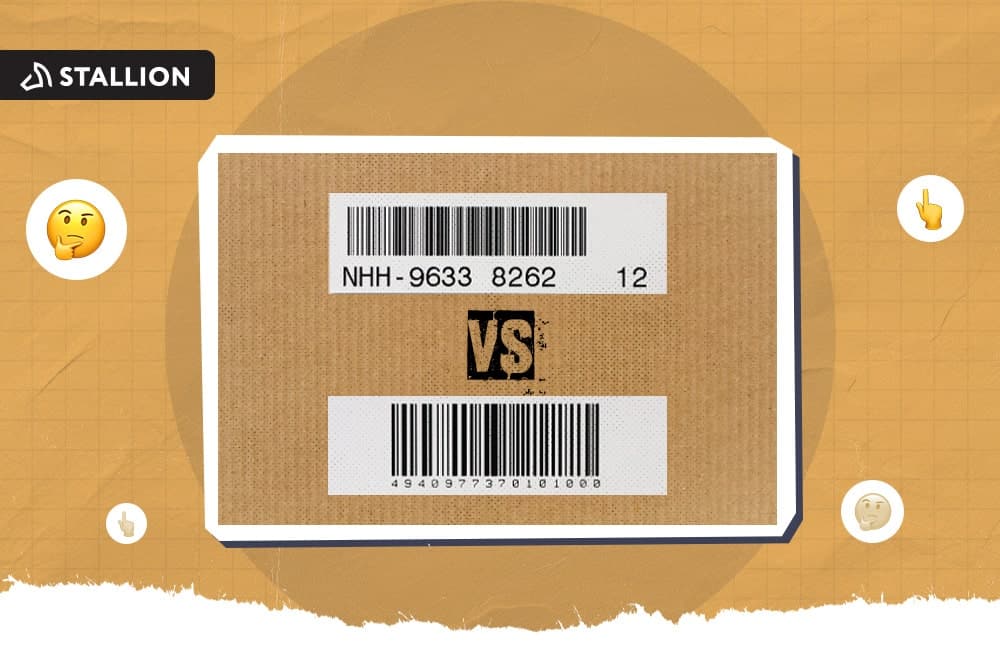
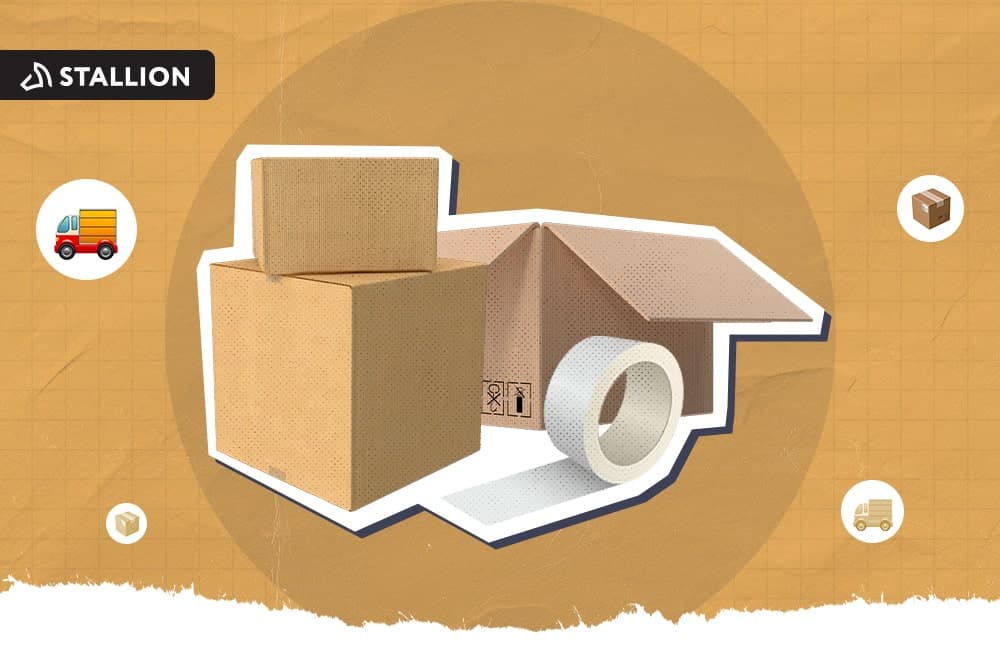
Can our fellow Torontonians relate?
-
#smallbusiness #business #entrepreneur #socialmedia #shipping #ecommerce #canadianecommerce #shopify #poshmark #b2b #saas #etsy #ebay #canada #canadiansmallbusiness #shoplocalcanada #entrepreneur
#toronto

Here’s your quick hassle free shipping from 🇨🇦 to 🇺🇸 as a business owner!
-
Any questions?! Leave them 👇🏻 and save this video so you don’t forget!
-
#smallbusiness #business #entrepreneur #socialmedia #shipping #ecommerce #canadianecommerce #shopify #poshmark #b2b #saas #etsy #ebay #canada #canadiansmallbusiness #shoplocalcanada #entrepreneur

Meet @drinkbenny a 🇨🇦 female founded energy drink brand! Instead of focusing on their products, they’re taking a unique approach by hosting in person events in different Canadian cities to offer an experience for their community 🧡
-
What are your thoughts on in person events? 💭
-
#smallbusiness #business #entrepreneur #socialmedia #shipping #ecommerce #canadianecommerce #shopify #poshmark #b2b #saas #etsy #ebay #canada #canadiansmallbusiness #shoplocalcanada #entrepreneur

Do you know the difference between DDU and DDP when shipping internationally 🌏 ?
-
Questions? Leave them below! 👇🏻
-
#smallbusiness #business #entrepreneur #socialmedia #shipping #ecommerce #canadianecommerce #shopify #poshmark #b2b #saas #etsy #ebay #canada #canadiansmallbusiness #shoplocalcanada #entrepreneur

Here’s a quick hack to save time from choosing multiple postage options
↪️ Turn on the lowest postage rate automation to save you time!
-
Questions? Leave them below! 👇🏻
-
#smallbusiness #business #entrepreneur #socialmedia #shipping #ecommerce #canadianecommerce #shopify #poshmark #b2b #saas #etsy #ebay #canada #canadiansmallbusiness #shoplocalcanada #entrepreneur
